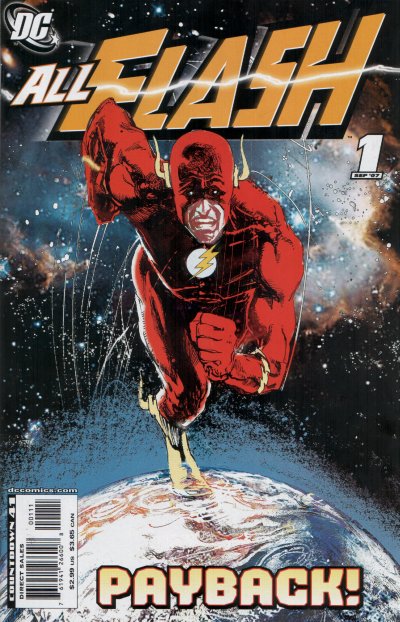A couple of weeks back I had to honor to be one of the panel members at the opening of the Pure Storage office in the Benelux. The topic of course was flash, and the primary discussion around the benefits. The next day I tweeted a quote of one of the answers I gave during the session which was picked up by Frank Denneman in one of his articles, this is the quote:
https://twitter.com/DuncanYB/status/425920926325411840
David Owen responded to my tweet saying that many performance acceleration platforms introduce an additional layer of complexity, and Frank followed up on that in his article. However this is not what my quote was referring to. First of all, I don’t agree with David that many performance acceleration solutions increase operational complexity. However, I do agree that they don’t always make life a whole lot easier either.
I guess it is fair to say that performance acceleration solutions (hyper-visor based SSD caching) are not designed to replace your storage architecture or to simplify it. They are designed to enhance it, to boost the performance. During the Pure Storage panel sessions I was talking about how flash changed the world of storage, or better said is changing the world of storage. When you purchased a storage array in the two decades it would come with days worth of consultancy. Two days typically being the minimum and in some cases a week or even more. (Depending on the size, and the different functionality used etc.) And that was just the install / configure part. It also required the administrators to be trained, in some cases (not uncommon) multiple five-day courses. This says something about the complexity of these systems.
The complexity however was not introduced by storage vendors just because they wanted to sell extra consultancy hours. It was simply the result of how the systems were architected. This by itself being the result of a major big constraint: magnetic disks. But the world is changing, primarily because a new type of storage was introduced; Flash!
Flash allowed storage companies to re-think their architecture, probably fair to state that the this was kickstarted by the startups out there who took flash and saw this as their opportunity to innovate. Innovationg by removing complixity. Removing (front-end) complexity by flattening their architecture.
Complex constructs to improve performance are no longer required as (depending on which type you use) a single flash disk delivers more than a 1000 magnetic disks typically do. Even when it comes to resiliency, most new storage systems introduced different types of solutions to mitigate (disk) failures. No longer is a 5-day training course required to manage your storage systems. No longer do you need weeks of consultancy just to install/configure your storage environment. In essence, flash removed a lot of the burden that was placed on customers. That is the huge benefit of flash, and that is what I was referring to with my tweet.
One thing left to say: Go Flash!
 Yeah that title got your attention right… For now it is just me writing about it and nothing has been announced or promised. At VMworld I believe it was Intel who demonstrated the possibilities in this space, an All Flash Virtual SAN. A couple of weeks back during my holiday someone pointed me to a couple of articles which were around SSD endurance. Typically these types of articles deal with the upper-end of the spectrum and as such are irrelevant to most of us, and some of the articles I have read in the past around endurance were disappointing to be honest.
Yeah that title got your attention right… For now it is just me writing about it and nothing has been announced or promised. At VMworld I believe it was Intel who demonstrated the possibilities in this space, an All Flash Virtual SAN. A couple of weeks back during my holiday someone pointed me to a couple of articles which were around SSD endurance. Typically these types of articles deal with the upper-end of the spectrum and as such are irrelevant to most of us, and some of the articles I have read in the past around endurance were disappointing to be honest.